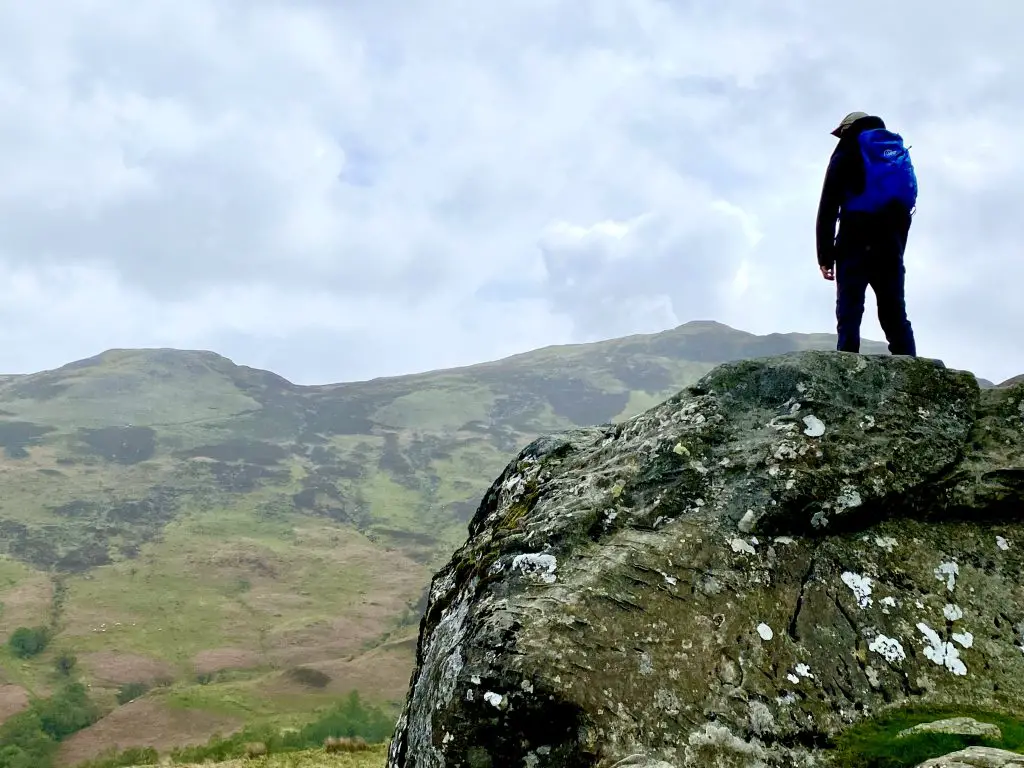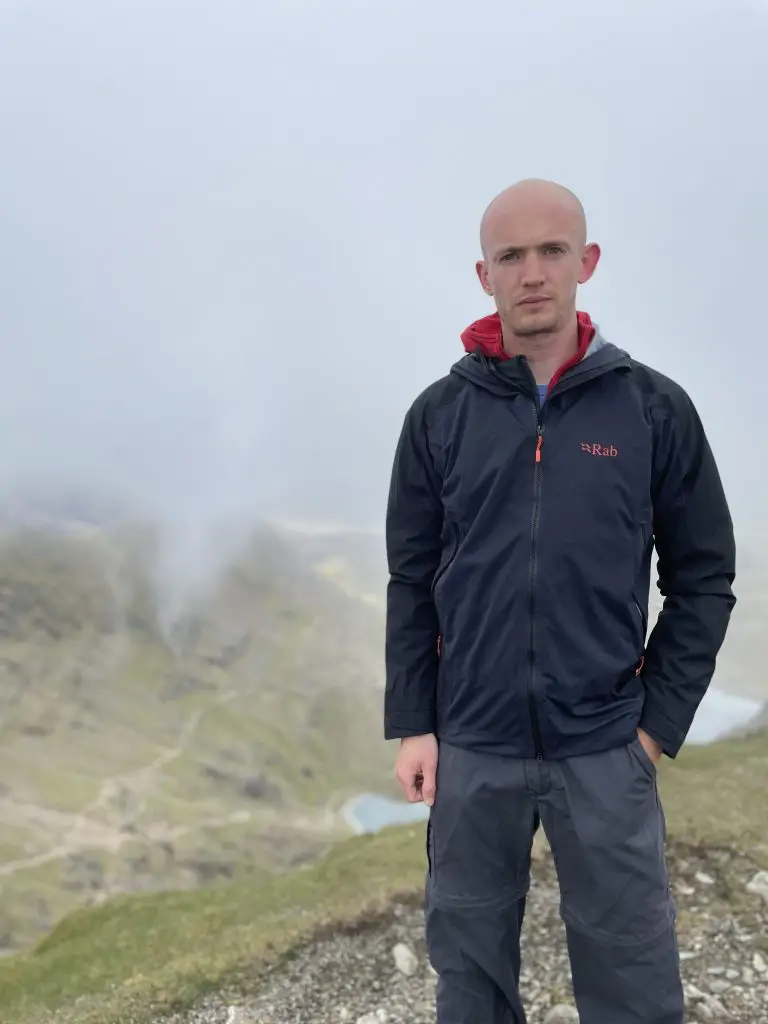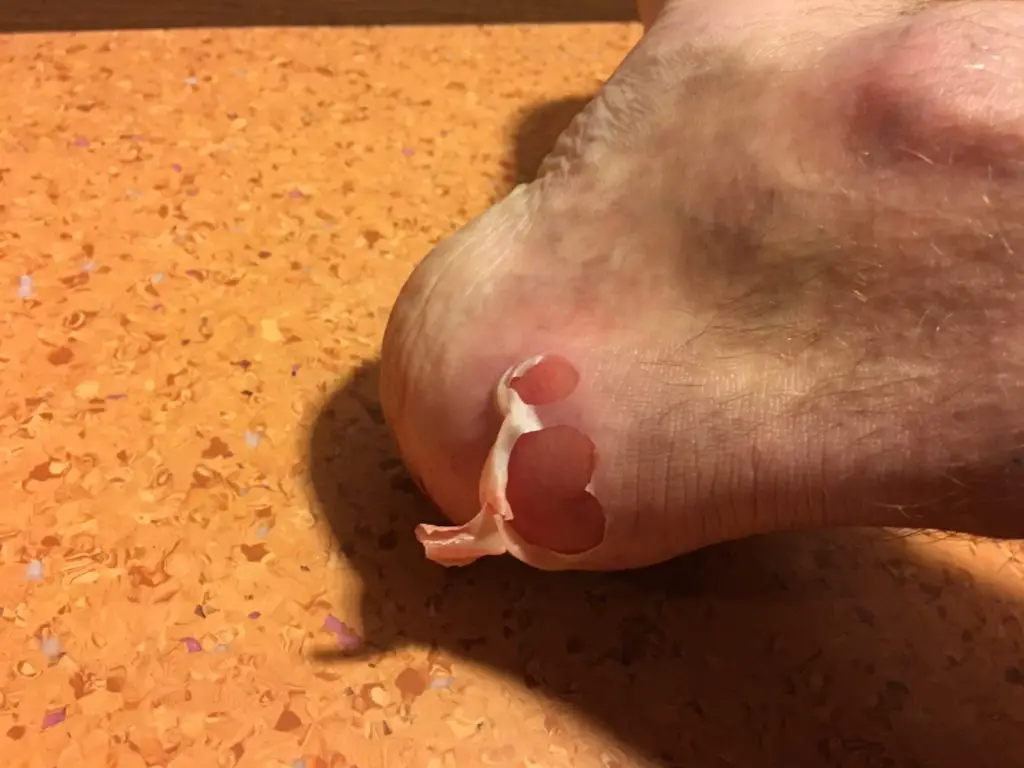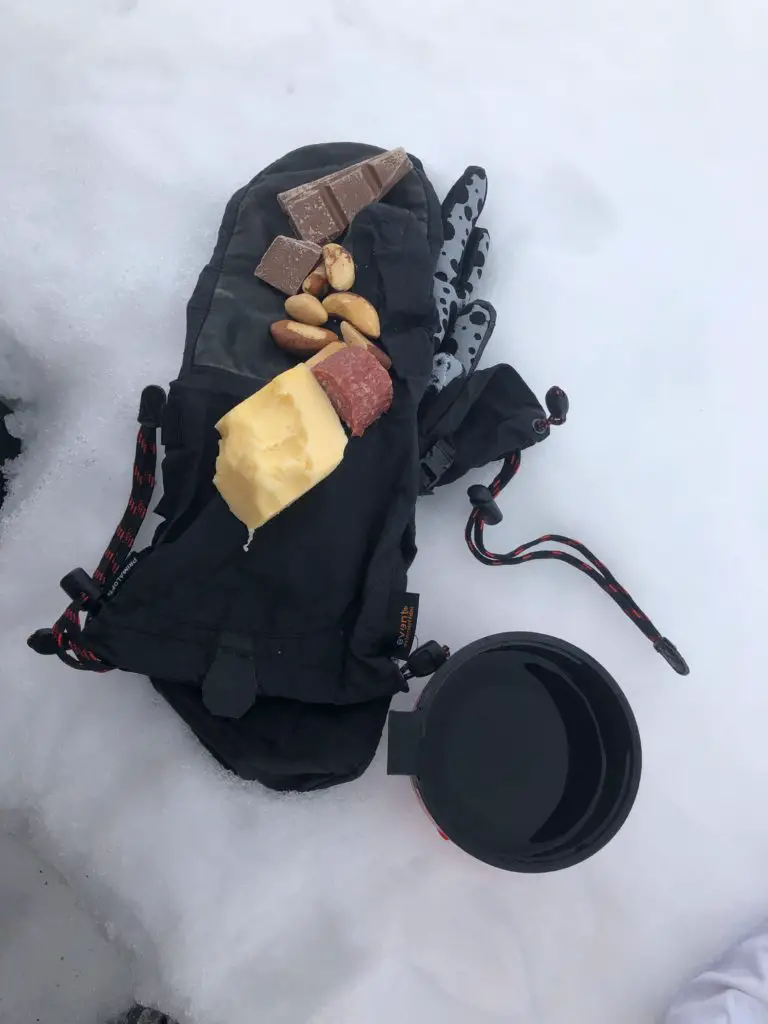Hiking Tips and Trick
A growing list of hiking tips and tricks: for beginner hikers, and beyond
No matter what your chosen outdoor activity – hiking, backpacking, ultra lightweight, fastpacking and beyond – there are what some hikers call ‘hacks’ that will make life easier for you. Jake and I pooled our thoughts to create this list of hiking tips and trick’s we hope will be useful for everyone, from beginners to seasoned hikers looking for any advice that will make their time on the trails that little more easy. A quick note: if you’re the kind of outdoors person who likes their experience to be rough and hard work, then stop reading now – these tips aren’t for you.
Hiking tips: the basics
In this section we’re going to cover off the basics hacks, advice and tips that every hiker, or backpacker, should be aware of. There’s no magic. Instead, these are the basics you need to consider before you start out.
First…
Backpacking vs hiking vs ultra lightweight hiking: is there a difference and will it change these tips?
First, let’s break this down. All three are very similar in nature. No matter which you choose, you’re going to be carrying your outdoor gear in a rucksack on your back. Hopefully… if someone else is hauling all your equipment you’re not getting the full outdoor experience.
Some people might argue you’re less likely to carry a ruck on a hike, but this is wrong. As you’ll see later in this post, there are essentials you’ll need to carry and the most efficient means is in a rucksack, on your back.
Let’s get the definitions out of the way:
Backpacking: a form of hiking where you carry your belongings in a rucsack. Note this is different to hiking as you don’t necessarily need a rucksack, or bacpack, and you certainly don’t carry all your belongings on your back.
Hiking: the art of walking cross country, between two or more set points. Distances can vary between 3 miles (what I believe to the shortest length) to many hundreds of miles on routes such as the PCT.
Ultra lightweight hiking: a minimalist approach to being outdoors. By this, I don’t mean you’ll be stamping over the hills, and along trails, wearing only your underwear and a pair of sandals! Going ultra lightweight means cutting down the amount of gear you carry to the bare minimum.
This is a very quick rundown. For a more detailed explanation of each type, check out this post on the the different types of hiking.
Terrain
The ground you’ll cover will affect your decisions. From the right equipment to the routes you plan, every aspect of your hike is affected by terrain. Here are a few hints and tips to help make your journey more smooth.
Trails
What is a trail? It’s what can be defined as a well beaten route, or path. Clearly marked by the passage of many feet, trails are often visible for many miles and are easy to navigate. Good mapping – software, or paper-based – shows trails.

Hiking tip 1: following a trail may not be your best approach, in particular if you don’t want to add miles to your route. Most trails travel the easiest route to a given point which, in most cases, means they take longer to cover than going direct.
But, for ease of travel, a well walked trail can’t be beaten. Jake and I often make use of public footpaths, rights of way and trails to cover ground faster, stepping off to move cross country to our chosen destination.
Roads
Although we prefer not to hike on roads, there’s no denying this type of terrain is easy to cover and allows us to move fast, and even run if we’re fastpacking. But, as you’re no doubt aware, there are inherent risks the most obvious of which is motorised vehicles (some drivers seem to be ‘pedestrian blind’).
Choosing the right hiking gear is more important than some people realise
Back when I was a young man… Oooh, I went a little misty eyed there… seems like so long ago.
I digress.
In my youth, choosing the right gear was easy as there were only a few options available. They were:
- Heavy, cumbersome equipment that was waterproof;
- Slightly less heavy equipment that wasn’t in any way water resistant;
- Jeans, trainers, a t-shirt and plastic shopping bag (the latter double up as a 100% waterproof shell layer in the event of a downpour, but your arms got wet!)
Times have moved on and we hikers now have a smorgasbord of gear options that can tailored to a very fine degree to match our needs. There’s only one issue: the expense. Let me explain.
Some time back, Jake wrote a cracking Rab Kinetic Alpine 2.0 review (I encourage you to read it – great jacket, great writing). One of Rab’s premium shell layers, the Kinetic is comfortable, waterproof and… a little pricey. That said, it is efficient at doing what it says on the tin.

The problem comes when you decide to set your sights on hiking as many regions and climates as possible. For each of which you’ll need some specific gear, which means the cost of your adventures will ramp up fast. Our next tip is:
Hiking tip 2: start small. Choose a destination, or series of routes, within the same geographic region and where the weather patterns are identical, or similar. This will reduce the initial outlay for equipment.
Planning your routes
No plan survives contact with the great outdoors! Okay, so I took the original quote from Von Moltke, a Prussian General who fought at the Battle of Waterloo, and modified it. But the basic premise remains the same; no matter how well you plan there will be eventualities that throw a spanner in the works.
A prime example is blisters. No matter how well you prepare your boots and feet, there is always a risk you’ll develop one or more blisters on your hike. Does this mean you should simply discard any notion of a plan and wing it?

No!
Whilst plans do go awry, your best option is to have one and stick to it as close as possible. That way, even if you do experience some ‘bumps’ along the way you will still have a reference to work towards. Of equal importance is having a plan in the event of an emergency as rescue/support teams will be able to locate you.
What plans do you need for hiking?
- A route plan
Route planning and documentation are key to a successful trip. No matter where you travel, having a documented route – in paper or .gpx format – will aid in keeping you on track. In addition, your route plan can be used by rescue services to work out your location… assuming you stick to your plan. And even if you don’t, you rough location can be calculated.
This type of plan is simple to create. You’ll need to document each leg of your planned journey, adding in distances and bearings between each way point.
Here’s an example (you can download a copy at the end of this post):
| Date | From | To | Bearing | Distance | Note |
| 1st Mar 2023 | Grid reference 123456 | Grid reference 234567 | 183 degrees | 13km | 1 hour pause at Mount Kneeache |
| 2nd Mar 2023 | Grid reference 234567 | Grid reference 345678 | 220 degrees | 15km | 1 hour pause at Bittersweet River fording point. |
| 3rd Mar 2023 | Grid reference 345678 | Grid reference 456789 | 135 degrees | 17km | Finish point at Craggy Jaw |
The next most important step is to share this documented route with people you trust. Why? Because if nobody knows where you are, and you’re not carrying a device like McMurdo FastFind or InReach, you’re making it harder to be found.
- First Aid plan
Pause for a moment and ask yourself which are the most common injuries experienced by hikers? The obvious are blisters and cuts, but there are a few more that make hiking difficult. The following injuries are the ones Jake and I consider most likely to slow, of halt, your hike:
Blisters: poor fitting, or worn boots, can result in huge and painful blisters that put an end to your dream of hiking the PCT in one hit! This type pf injury can range from small and irritating, to huge and painful. Good fortune smiles upon you – Jake and I have written a blister prevention guide that walks (haha!) you through this injury and offers plenty of tips on reducing the risk of them forming.
Burns: if camping stoves where animals they’d be apex predators! In all honesty, I’ve had so many burns caused by stoves I’m sure mine is trying to do me in! Joking aside, burning your fingers and hands is easy and very painful. The most common causes of burns are:
- Boiling water spills;
- Stove flare ups (when an excess of fuel is in the air at the point of ignition);
- Picking up a hot pot with your bare fingers (I’ve done that a couple of times).
You need to treat burns fast, and in an efficient manner to prevent them becoming infected.
- Meal plan
I find one of the easiest mistakes to make is no planning out meals needed for the journey. For a number of years I underestimated how much food I’d need for the entire hike and often found myself going hungry towards the end of the trip. For short hikes, this is not a big issue. If you’re trekking long distances your calorific intake becomes an important consideration. Rather than give you an exact calculation of the calories, proteins and carbs you’ll need (which is impossible as I don’t know your exact circumstances), here’s a tip:

Hiking tip 3: Take your daily recommended calories and multiply them 50%. And more if your planning an arduous event, go big on calorific intake; on my treks to across Greenland, and to the North Pole, I more than doubled the number of calories eaten each day.
And if you have food left over, you can always ‘donate’ it back to nature. But no feeding the wildlife – that’s bad for the bears, horses, etc – and the people our furry countryside inhabitants (including predators) seek out in the expectation of an easy meal.
- Water plan
Carrying enough water for a 5 day hike is hard work. Sure, it can be done but you’d need to minimise your water usage which may not be an option in hot climates. On average, the human body needs around 1 litres of water per hour and if you’re planning to trek 20+ km per day a huge amount of your pack weight will be precious H2O. The major issue here is weight: 1 litre of water weighs around 1kg… which you need to carry. Can you see where this is going?
The best option is to plan a route that crosses, or runs close to, natural water supplies. Fast flowing rivers are best, as long as you don’t fall in, as there is near zero risk of drinking stagnant water. You second best source of water is from slow moving streams, and then pools.
No matter where you source your water, sterilise it. The following methods work well:
- Boil it for at least 15 minutes;
- Use purification tablets;
- Drinking through a specialised drinking straw.
More tips can be found here.
Hiking Gear
TrekSumo is, amongst other things, a hiking gear review site where we also offer advice and tips to people who love the outdoors. Jake and I also have a wealth of experience when it comes to choosing the right hiking clothing (summer, or winter), much of which is based on items we’ve reviewed. I think we’re in a good place to offer some useful hint and hacks…
Depending on your experiences, it could be argued that both clothing and footwear are equally important. And I agree. But for now we’re going to make your feet the most important consideration.
Hiking footwear
As we’ve already discussed, the right footwear can make or break your trip. That doesn’t mean you need to break the bank, but your equipment needs to serviceable, well-fitted and on a budget you can afford and maintain. Dashing out and buying a pair of Arc’ teryx Acrux LT GTX boots for your very first venture into the outdoors, when you don’t know if you’re going to enjoy the experience, can be financially painful. And rather than ask in an outdoor gear store where staff are all to eager to sell you most expensive boots you’re ever likely to buy, ask friends or other hikers (or read our hiking boot guide).
That’s it!
We’ll expand this list of hiking tips and tricks over the coming weeks and months. For now, stay safe out there (and don’t forget to download the hiking plan PDF below). If you have any questions, just ask in the comments.




